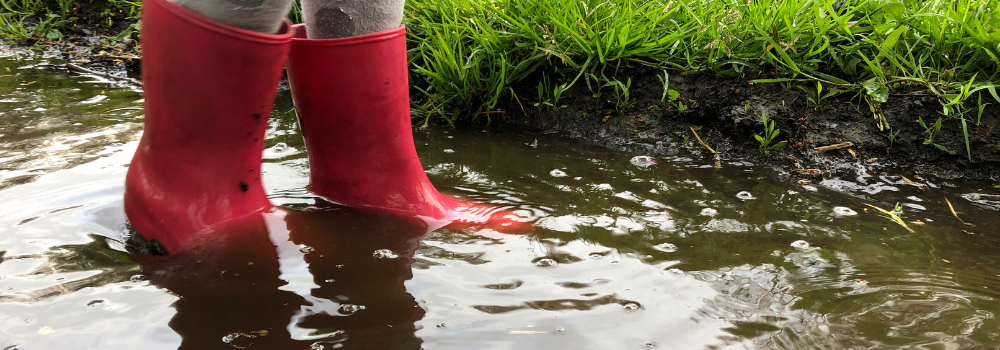Planting a shrub only to find out it's in a spot that's too wet can be a disheartening discovery. Whether it's due to nature's unpredictability or an overzealous irrigation system, too much water can spell trouble for your green friend. Fear not, for with the right approach, you can turn the tide and save your waterlogged shrub. Here's how to navigate this soggy situation.
Understanding the Problem
Before diving into solutions, it's crucial to understand the problem. Excessive water can suffocate your plant's roots, leading to root rot, a condition as grim as it sounds. Keep an eye out for yellowing leaves, wilting, and mushy roots—tell-tale signs of overwatering.
Step 1: Diagnose the Drainage Dilemma
Look for signs of overwatering, such as yellowing leaves, wilting (ironically), and soft, mushy roots. The root of the problem might just be that—poor soil drainage. Heavy, clay-rich soils are notorious for holding onto water. Assess your soil's drainage capabilities to determine if this is the cause of your woes.
Step 2: Implement Soil Drainage Strategies
If the issue is indeed drainage, fear not. There are several strategies to help your shrub breathe easier:
Amend the Soil: Integrating organic material like compost or peat moss can significantly improve soil structure and drainage.
Elevate the Situation: In cases of severe water retention, creating a raised bed can lift your shrub out of the danger zone.
Install a Drainage System: For persistent problems, a French drain or similar solution may be necessary to divert excess water.
Step 3: Adjust Your Watering Practices
Sometimes, the solution is as simple as adjusting your watering habits. Consider switching to drip irrigation for more controlled watering, ensuring your shrub gets just the right amount of hydration.
Step 4: Consider Relocation
If your shrub continues to struggle, relocation might be in order. The dormant season is the best time for this big move, reducing stress on the plant. When transplanting, ensure you bring along as much of the root ball as possible, and give it a good soak in its new home.
Step 5: The Aftercare
Post-rescue, keep a close eye on your shrub's recovery. Regular checks and a layer of mulch can do wonders in helping it settle into its new, drier digs.
In Conclusion
Discovering your shrub is in too damp a spot isn't the end of the world. With a bit of effort and some strategic adjustments, you can save your plant from a watery fate. Remember, when it comes to plants, there's almost always a way to turn things around. So, roll up your sleeves and give your shrub the second chance it deserves. Happy gardening!
